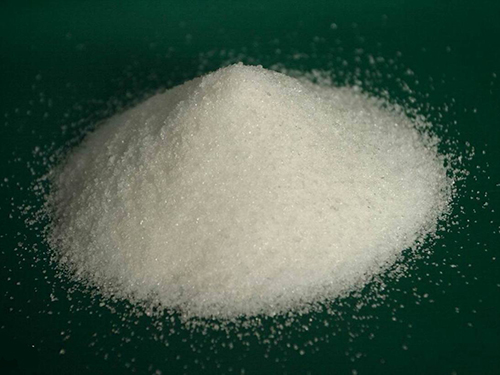function of poly aluminium chloride in water treatment
The Function of Poly Aluminium Chloride in Water Treatment
Water treatment is an essential process that ensures the provision of clean and safe drinking water. Among the various chemical coagulants used in this process, Poly Aluminium Chloride (PAC) has gained considerable attention due to its efficiency and versatility. This article explores the functions and applications of PAC in water treatment, highlighting its advantages over traditional coagulants.
Understanding Poly Aluminium Chloride
Poly Aluminium Chloride is a water-soluble inorganic polymer that is primarily used as a coagulant in water purification. It is produced through the hydrolysis of aluminium chloride and is available in various forms, including liquid and powder. PAC is known for its high charge density, which enables it to destabilize colloidal particles in water, thus promoting their aggregation or coagulation.
Mechanism of Action
The efficacy of PAC in water treatment lies in its unique mechanism. When PAC is added to contaminated water, it releases aluminium ions, which interact with impurities, such as suspended solids, dissolved organic matter, and microorganisms. The positively charged aluminium ions neutralize the negative charges of these contaminants, allowing them to clump together into larger aggregates called flocs. These flocs can then be easily removed through sedimentation or filtration.
In contrast to traditional coagulants, such as alum (aluminium sulfate), PAC has a higher molecular weight and charge density, which means it requires a lower dosage to achieve the same level of coagulation. This property not only enhances the treatment process but also reduces chemical costs and sludge generation.
Advantages of Using PAC
1. Enhanced Settling Properties One of the key benefits of PAC is its ability to produce heavier and faster settling flocs compared to other coagulants. This results in more efficient sedimentation, shortening the overall treatment time and improving the clarity of the treated water.
function of poly aluminium chloride in water treatment

2. Wider pH Applicability PAC performs effectively over a broader pH range, making it suitable for treating various water sources, including raw surface water and groundwater. It can work efficiently even in slightly alkaline or acidic conditions, which is a significant advantage in regions with varying water pH.
3. Reduced Sludge Production PAC leads to lower sludge volumes compared to alum, which is beneficial for waste management. The reduced sludge not only cuts disposal costs but also mitigates environmental impacts associated with sludge handling.
4. Improved Removal of Contaminants PAC is particularly effective in removing turbidity, color, and organic matter from water, including difficult-to-treat contaminants like natural organic matter (NOM) and other dissolved substances. This capability enhances the overall quality of the treated water.
5. Compatibility with Other Chemicals PAC can be used in conjunction with other water treatment chemicals, such as flocculants and disinfectants, to facilitate more comprehensive treatment. This synergy can lead to improved water quality and compliance with health standards.
Applications in Water Treatment
PAC is widely utilized in municipal water treatment plants, industrial wastewater treatment, and in producing potable water. It's essential in the initial stages of water treatment processes, including pre-chlorination and sedimentation. Additionally, PAC is employed in applications such as swimming pool sanitation, paper manufacturing, and dyeing processes, showcasing its versatility beyond conventional water treatment.
Conclusion
Poly Aluminium Chloride has revolutionized water treatment processes with its superior coagulation properties and operational benefits. Its ability to effectively remove contaminants, reduce sludge generation, and operate under varying conditions makes it an indispensable tool in the fight for clean water. As global water scarcity and pollution continue to rise, the role of efficient treatment chemicals like PAC will be more critical than ever in ensuring the availability of safe drinking water for communities worldwide. By investing in advanced treatment solutions, we can move closer to achieving sustainable water quality management, ultimately enhancing public health and environmental safety.
-
The Ultimate Guide to Flocculants: Transforming Water TreatmentNewsNov.01,2024
-
Improve Your Water Treatment Solutions with PolyacrylamideNewsNov.01,2024
-
Enhance Your Water TreatmentNewsNov.01,2024
-
Empower You to Achieve the Highest Standards of Water QualityNewsNov.01,2024
-
Effective Scale InhibitorsNewsNov.01,2024
-
Discover the Power of Poly Aluminum Chloride in Water TreatmentNewsNov.01,2024





